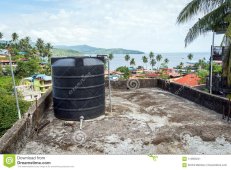Really I think the idea of using solar for heating water , I think we're all kind of right in our opinions and experiences/knowledge, so in a way we're all saying the same thing. It really depends on your current situation, if you have an inverter (or not), how many solar panels you have, if you have grid available (or not), how much hot water or number of showers and dirty dishes and clothes you need to wash, there's a lot of factors that goes into what do you want to do and what do you have to do it with, and how much money or trouble do you want to spend getting there. Some inverters don't have smart loads like the Sol-Ark where it manages excess power and utilizes it. Some people don't have an inverter at all. As I mentioned earlier, there's a lot of different approaches here, but the main thing is to realize heating water is a HUGE load for an electric solar system, and you have to be aware of what you can or cannot do with DC power, as well as AC power, and if you want to use 120v or 240v going to your water heater and which and type of heating element(s) you have or want to use. There's other things to think about such as do you want to have a tempering tank which is nothing more than a solar-connected water heater placed in-line before your grid-tied water heater so that you heat water to some temp (whatever you can get based on sunlight and capability of your solar system), and the grid-tied (or gas-fired) water heater takes the water the rest of the way up to 120F.
As long as you don't burn up anything, hurt yourself, or cause a fire, then any amount of water you heat is headed in the right direction in my opinion. But you do need it hot (120F) and enough to be usable otherwise you're farting in the wind. Kind of all depends on the multiple factors that I mentioned (if inverter or not, how many panels, etc etc etc) that dictates your approach to heating water with solar power.



